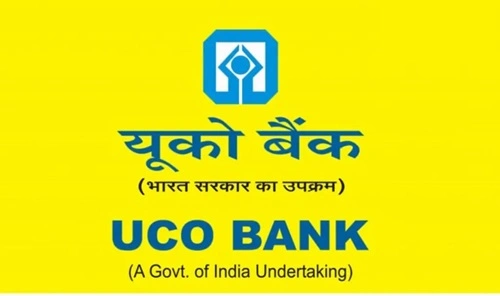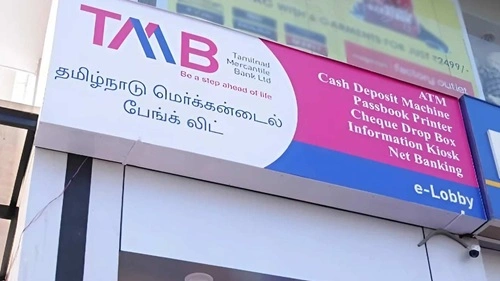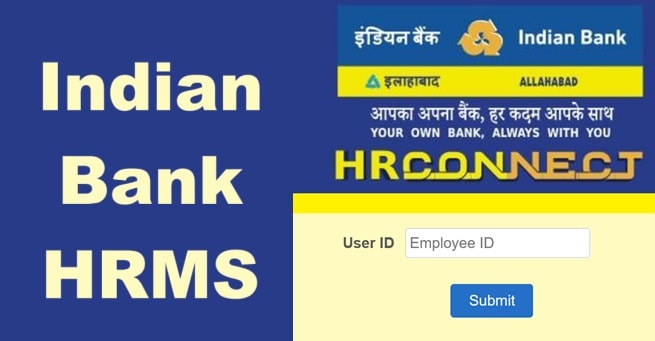Yes, UCO Bank is a nationalised bank in India. This, along with 13 other banks, got nationalised by the Indian government of the time back in July 1969. Just a few years ago, the government ownership in this bank was 95.49%, but that has reduced quite a bit, and now it is around 90.95% as of May 2025.
A Quick Yet Good Look at UCO Bank’s History

It was started on the 6 of January, 1943, with a capital of ₹2 crores and 14 branches in cities considered key by the promoters. Thereafter, the bank extended operations overseas in the form of branches at Rangoon, Singapore, Hong Kong, and London.
In 1967, it took over Jalpaiguri Banking and Trading Corporation. Just two years after that, in 1969, it was nationalised. The bank, however, went through reorganisation in 1972 to enhance the working system. Hence, to kinda eliminate any possible confusion with a bank in Bangladesh, the name was changed to UCO Bank on 30 December 1985.
Since those days, UCO Bank has grown well in the country as it absorbed numerous regional rural banks, and made services better, with an extensive list of products.
Where UCO Bank Stands Financially Today
For the year ending 31st March 2024, UCO Bank with a net profit of Rs. 1653.74 crores declared a total business of Rs. 4,50,007 crores (that’s loans + deposits).
Bad advances have also been kept quite low by the bank. The gross NPA is close to 3.5%, and the net NPA is very low at just 0.89%. On top of that, the Capital Adequacy Ratio stands at an impressive 16.99% (according to Basel III), which is also a good sign financially.
Due to strong performance coupled with government support, the bank of UCO enjoys a long-term credit rating of ‘IND AA’ from India Ratings & Research. This confirms that the bank is financially strong and prepared for growth in the future.


